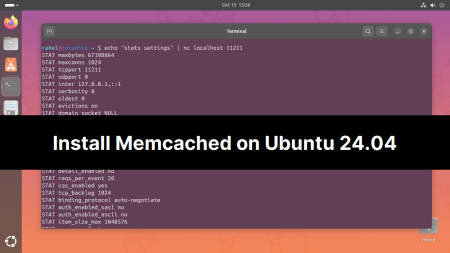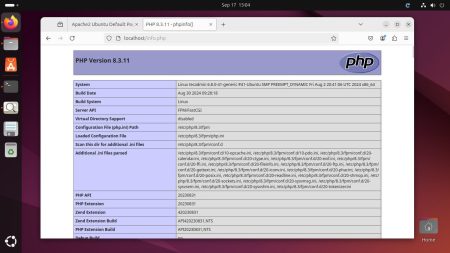When working with PHP, it’s often necessary to get the absolute path of a file or directory on the server. This is because some functions and scripts require the absolute path to work properly. In this article, we’ll explain what absolute paths are, why they are important, and show you several examples of how to get the absolute path in PHP.
What is an Absolute Path?
An absolute path is a complete path that starts from the root of the file system and includes all the directories and subdirectories needed to get to a specific file or directory. For example, on a Unix-based system, the absolute path to the root directory is “/”.
Absolute paths are important because they provide an unambiguous way to locate a file or directory on the server, regardless of where the script is located or how the script was called.
Methods to Get the Absolute Path in PHP
There are several ways to get the absolute path in PHP. We’ll cover some of the most common methods.
- Using the FILE constant
The FILE constant returns the full path and filename of the current file. To get the absolute path of a file, you can use the dirname() function to extract the directory name from the FILE constant. Here’s an example:
$absolute_path = dirname(__FILE__); [/php]This will give you the absolute path of the file that the code is being executed in.
- Using the realpath() function
The realpath() function returns the absolute path of a file or directory by resolving any symbolic links or references to parent directories. Here’s an example:
$absolute_path = realpath("relative/path/to/file"); [/php]This will give you the absolute path of the file or directory specified by the relative path.
- Using the $_SERVER[‘DOCUMENT_ROOT’] variable
The $_SERVER[‘DOCUMENT_ROOT’] variable returns the root directory of the server, which is usually the directory where the website is installed. You can use this variable to construct the absolute path of a file or directory. Here’s an example:
$absolute_path = $_SERVER['DOCUMENT_ROOT'] . "/path/to/file"; [/php]This will give you the absolute path of the file or directory relative to the document root.
- Using the getcwd() function
The getcwd() function returns the current working directory of the script. You can use this function to construct the absolute path of a file or directory relative to the current working directory. Here’s an example:
$absolute_path = getcwd() . "/path/to/file";This will give you the absolute path of the file or directory relative to the current working directory.
Conclusion
In this article, we explained what absolute paths are and why they are important. We also showed you several examples of how to get the absolute path in PHP using the FILE constant, the realpath() function, the $_SERVER[‘DOCUMENT_ROOT’] variable, and the getcwd() function. By using these methods, you can ensure that your PHP scripts work properly, regardless of where they are located on the server.


